The SD40-2 is big and burly. The long fore and aft decks make it look like Thurston Howell’s yacht sailing into port. It is a diesel with personality.
More than 4,000 of all SD40-2 variants were made for North American railroads between 1972 and 1988 and they have had a sterling career. Today, as SD40-2s are bumped from Class 1 carriers, they are being granted second careers on short lines, which find them both reliable and relatively inexpensive when compared to current-production locomotives.
The model
Lionel’s first SD40-2 was the no. 8265 Santa Fe locomotive from 1982, and its most recent is the no. 18298 Union Pacific in “Desert Victory” garb. Although I really liked Lionel’s earlier, toy-like SD40-2, sitting the old right next to the all-new version is like comparing an eight-track tape to an audio CD.
The MPC-era version is big and clunky. Both models have the same detail points, but the earlier version exhibits pretty crude execution of things like seams, hatches, and exhausts. Operationally, there isn’t much of a comparison, either. The older model’s notchy Pullmor motor system is eclipsed by the new unit’s smooth can-style motors. Need I even mention the internal electronics?
The frame of the new SD40-2 model measures 16 inches or 64 scale feet compared to the prototype’s 64 feet, 8-inches. Coupler-to-coupler the model is 171/2 inches long.
On the pilot and nose you’ll find add-on air hoses, a draw bridge, see-through steps, a terrific diamond pattern tread on the decks, and an array of grab irons. You’ll also find marker lights, twin headlights, and illuminated cab and number boards.
The cab windows have partially open “glass” in them. The sun shield is a bit thicker and more durable than the more fragile shield used on Lionel’s recent U30C diesel.
Along the topside, you’ll find lift rings, rivets, and terrific see-though exhaust grills with fan blades (go ahead, blow on ’em). me is professionally applied. You may note from the prototype photo there may be some slight discrepancies, but the scheme is close enough for me.
Also on the shell are the now-expected builder’s plates and nomenclature labels. Of note is the plate commemorating UP employees called to serve in the Gulf War.
The only thing I didn’t like were the letters “USA” and the stylized flag and star on the fuel tank sides. It looks more like graffiti than an officially sanctioned design. Guess I’m torn between patriotic sentiment and wanting to run a railroad that looks neat and orderly.
On the test track
The SD40-2’s motors were quiet and delivered a punch. Each truck has two pickup rollers about 3 inches apart, and the roller sets are 6 inches apart.
Low speed in conventional-control mode was a rather high 42.5 scale mph. In command-control mode, that number dropped to 8.5 scale mph.
The locomotive’s high-speed average was a rocketing 148.1 scale mph – certainly fast enough to move a train load of artillery shells to the front, pronto!
Drawbar pull for the 5 pound, 9 ounce diesel was 1 pound, 14 ounces. Tied to the point of our 25-car mixed-make-and-vintage test train at 18 volts in conventional-control mode, the SD40-2 was timed at 88.3 scale mph.
The RailSounds/SignalSounds switch is located on the frame of the locomotive but behind a truck, so you’ll need to use a thin screwdriver to flip the switch back and forth.
The two can-style motors were nearly silent. With a few exceptions in reverse, the diesel was free of shaking or balking.
My lone operational gripe about this model is that it took me no less than six attempts to clear the Odyssey cruise control system’s setting before testing the locomotive in conventional-control mode. I’ve had similar problems with other Odyssey-equipped locomotives in conventional-control mode.
The RailSounds system was terrific, and all TrainMaster Command Control functions, including both coil couplers performed as expected.
The new SD40-2 Desert Victory is moderately priced and a superb model with good operational characteristics. It will stand out in a crowd!





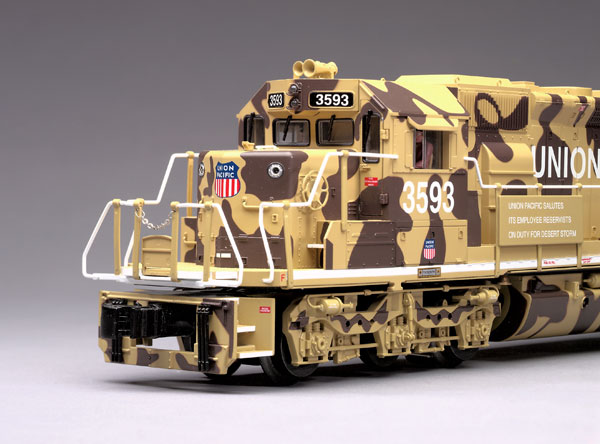

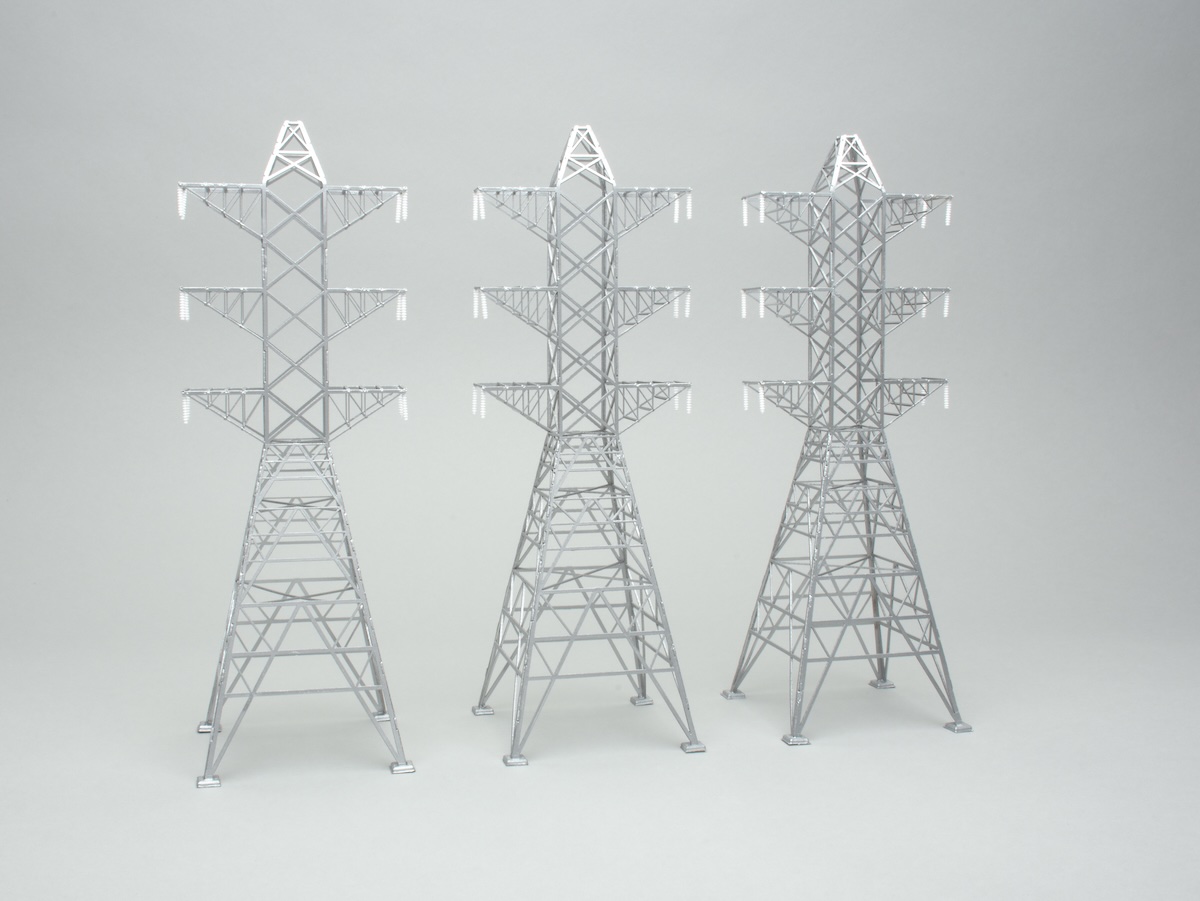
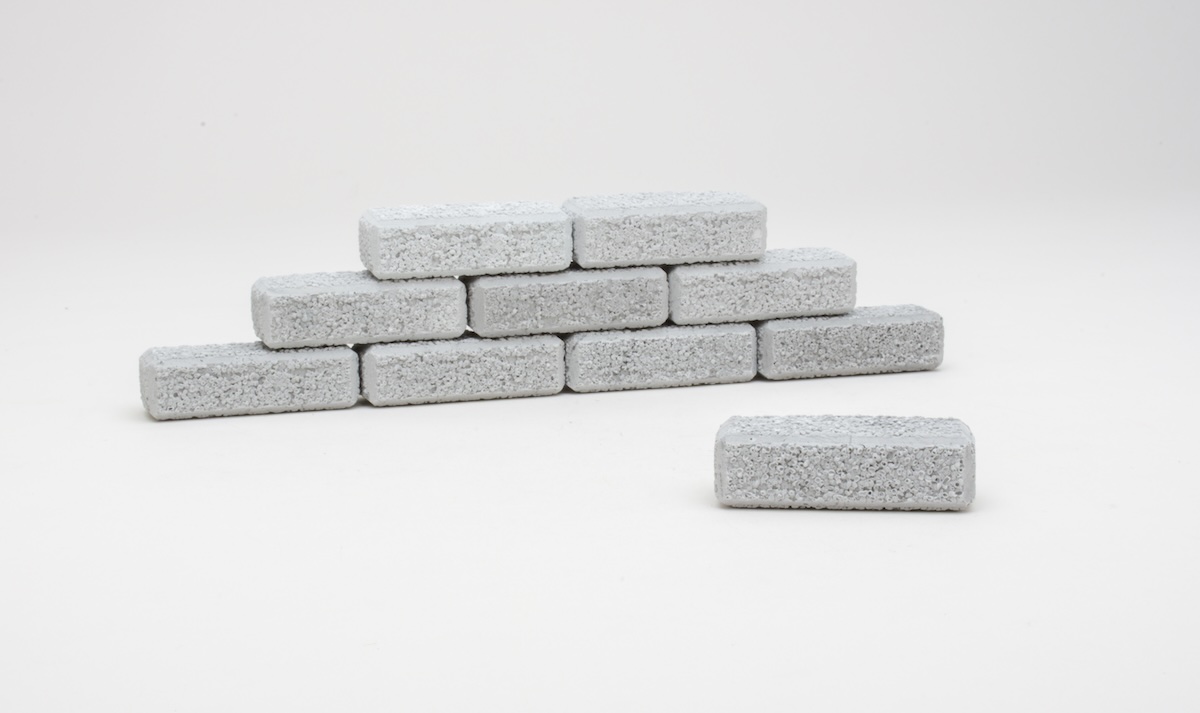
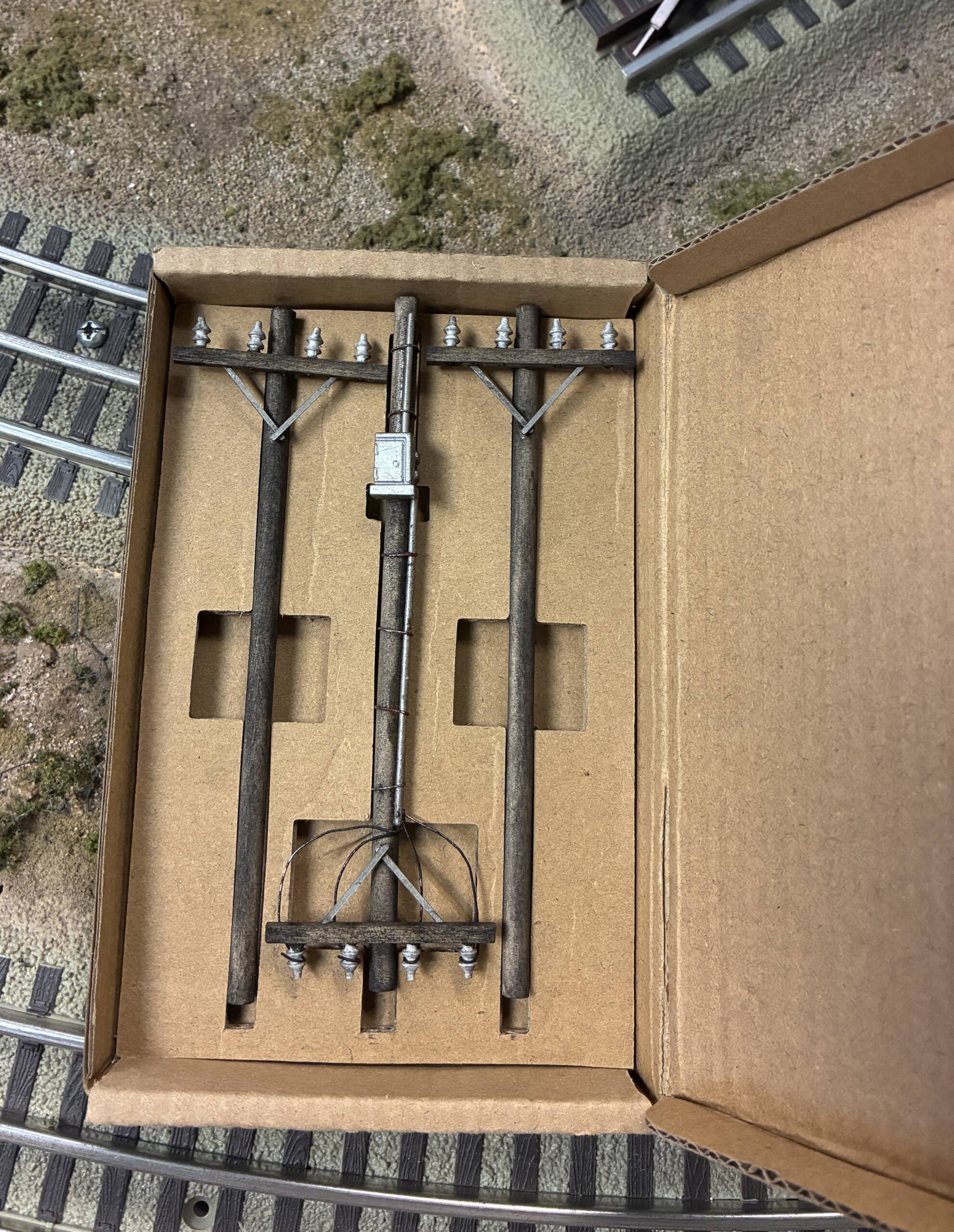
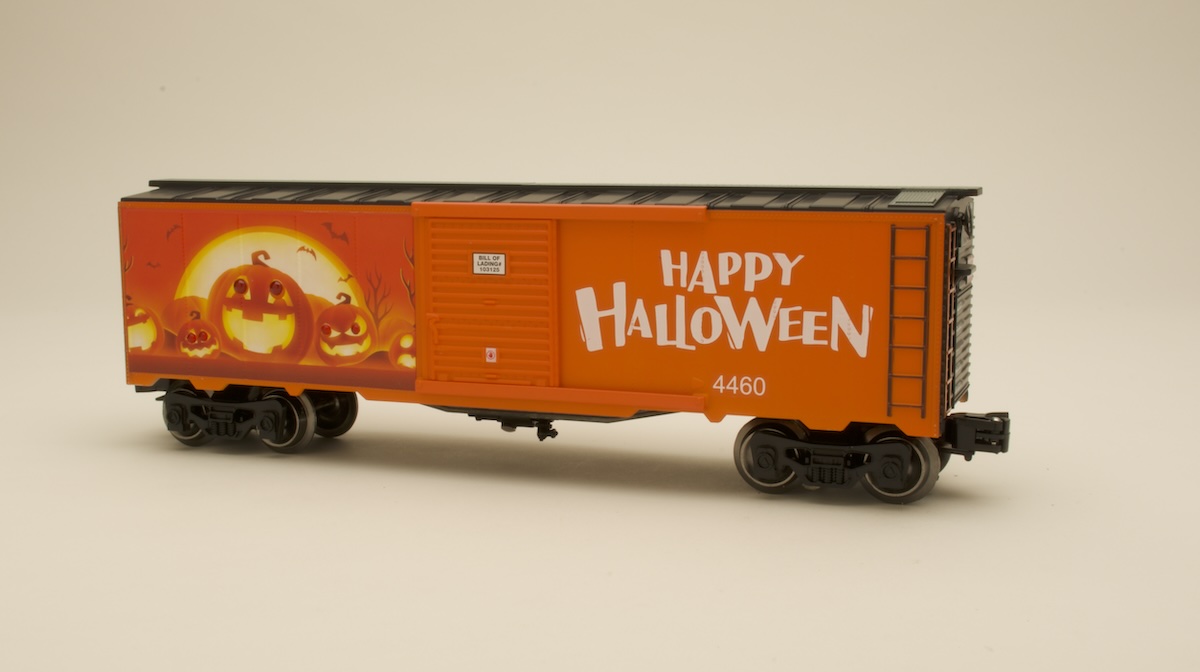




i want it
I absolutely love the engine!
I'm getting this locomotive in a few weeks! It was a Christmas present. I thought the same thing about the flag, star, and USA. Thanks for this article! I know that this engine will be worth it!